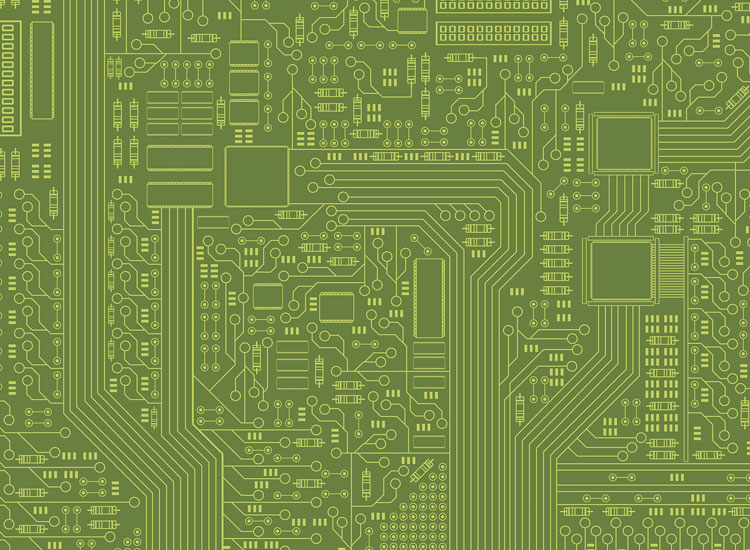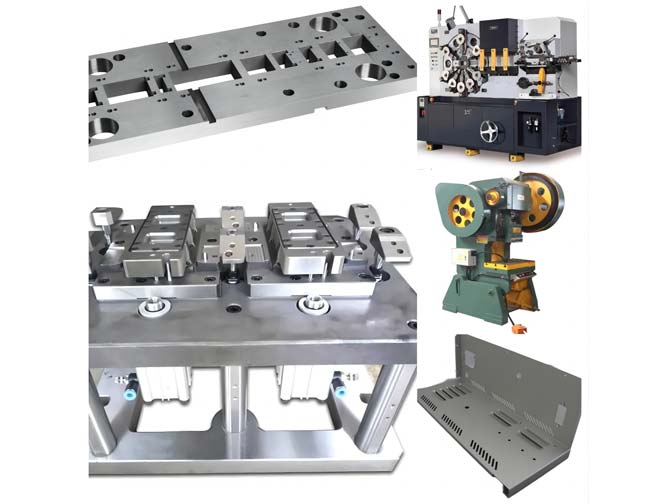PCB Surface
PCB surfacefinish include: PCB plating finishesis a coating between a component and a bare board PCB. It is applied for two basic reasons: to ensure solderability, and to protect exposed copper circuitry. As there are many types of surface finishes, selecting the right one is no easy task, especially as surface mounts have become more complex and regulations such as RoHS and WEEE have changed industry standards.
Recently, the common surface PCBtreatment technologies which GreensTone may use when manufacturing PCBs are HASL(hot air solder leveling), organic coating (OSP), electroless nickel/gold, immersion silver, immersion gold, etc.
The solder mask is mainly Liquid UV Photo-imageable Ink with green, red, black, yellow, white, matt black/green, bule, gray, etc. green should be the most commonly used one. The suggested soldermask clearance in GERBER is 2-4 mils.
The silkscreen layer is the top layer of the PCB and serves as a reference indicator for placing components on the PCB. The graphics and text on PCB, a circuit board is usually printed with a permanent non-conductive epoxy ink. The color is typically white. Screen printing is used to specify useful information on the PCB board, which can help users during the assembly. It is used to mark component values, part numbers, test points, polarity, etc.
PCB Surface Features
PCB surface finishComparison of cost and solderability
Actual solderability: Electroplating nickel gold> HASL > OSP > ENIG >Immersion silver >Immersion tin
Cost: Electroplating nickel gold > ENIG > Immersion silver> Immersion tin > HASL > OSP.
The functions of the solder mask layer on the PCB board
Preventing short circuit from bridge connection in the soldering process
Preventing the physical breakage of a conductor circuit
Prevent short circuit between conductive lines and solder joints when proceeding reflow soldering, wave soldering, and manual welding
Preventing the copper layer from oxidation
Its high Insulating brings the possibility to the high density of PCB finish
Here are three main ways to add silkscreen coating on a PCB
Manual screen-printing: This is a process that can be used when line widths are greater than 7 mm and the registration tolerance is 5 mm.
Liquid Photo Imaging (LPI): This process provides more accuracy and legibility over manual screening and is used when line widths are greater than 4 mm
Direct Legend Printing (DLP): This is the most accurate way of adding a silkscreen, however, it is very expensive.
For more information about electronic manufacturing service chinaand turnkey pcb assembly, please feel free to contact us!
Send product request
Other supplier products
| High-TG PCB | Glass Transition Temperature is referred to as Tg, and FR4 is a designation for a particular type of epoxy glass. Normal FR4 Tg ranges from 130 ... | |
| Electronics Manufacturing & Assembly Service | GreensTone specializes in contract manufacturing of printed circuit board assemblies (PCBAs), subsystem integration and full-box builds. VALUE-A... | |
| PCB Surface | PCB surface finishinclude: surface PCBfinish is a coating between a component and a bare board PCB. It is applied for two basic reasons: to ensure ... | |
| Sheet Metal Fabrication | Sheet metal is used to make objects of various thicknesses, from very thin sheet metal to sheet metal with a thickness greater than 6mm. Sheet meta... | |
| 3D Printing | 3D printing is a technology that builds objects based on digital model files, using bondable materials such as powdered metal or plastic, and print... |





















